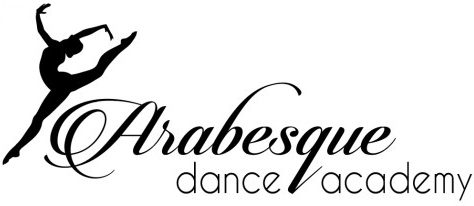Dancing is a great way to exercise, but it’s also a fun and rewarding hobby. It can help you feel fit, improve your mood, and even bring you new friends!
Practicing dance is an excellent form of exercise for both men and women. In fact, it’s often better than jumping on a treadmill or elliptical machine because it engages the body and mind at almost equal levels. Unlike jogging, dancing is a low-impact form of exercise that doesn’t require a lot of effort.
Good for the Brain
Neuroscientists have found that dance can help slow the aging process of the brain and improve memory. In addition, it’s also been shown to boost confidence and self-esteem.
Ease of Participation
Unlike other forms of exercise that can be difficult or painful, dancing is easy to learn and enjoyable. It also allows you to practice in a variety of environments and with many different people. You can practice a solo dance at home, with your partner, or in a group setting.
You can also take classes or join a dance-style workout class. These are usually held in a studio or group settings and will typically offer a light and breezy environment.
A great way to get started is to choose a few styles of dance that you enjoy and sign up for some basic classes or online tutorials. Once you have some knowledge of the basic techniques, you can start experimenting with new and more challenging styles.
Focus and Concentration
When you’re learning a new piece of dance, it can be hard to focus on all the details of the movement. This is especially true for dancers who struggle with concentration problems, like those with ADHD.
One way to help you concentrate is by doing a practice called focal training. You’ll do the first five minutes of this with a focus on your steps, followed by the second five minutes of concentration on the space you’re moving in.
After a few times of this, you should be able to concentrate on the steps for longer and longer periods. This will also help you adjust better to changes in space, which is critical for dancing.
You may also need to spend time focusing on your breathing. By concentrating on your breath and feeling the rhythm, you’ll be able to calm your body and mind down.

It can be tempting to make excuses for not practicing, but it’s important to stick with your routine if you want to see results. Set aside specific time to practice each day and make sure you’re consistent. You can even create a visual calendar to keep yourself on track!
Social Benefits
Whether you’re learning with your friends, or in a formal dance class, dancing is a great way to build friendships. You’ll find yourself bonding with your instructor or choreographer, with other dancers in the class, and with the audience.
Practicing dance with other people can be particularly beneficial for social dancers, who are often looking to gain skills that will allow them to dance with anyone. This is a great opportunity to build strong relationships, which can lead to lasting bonds.





